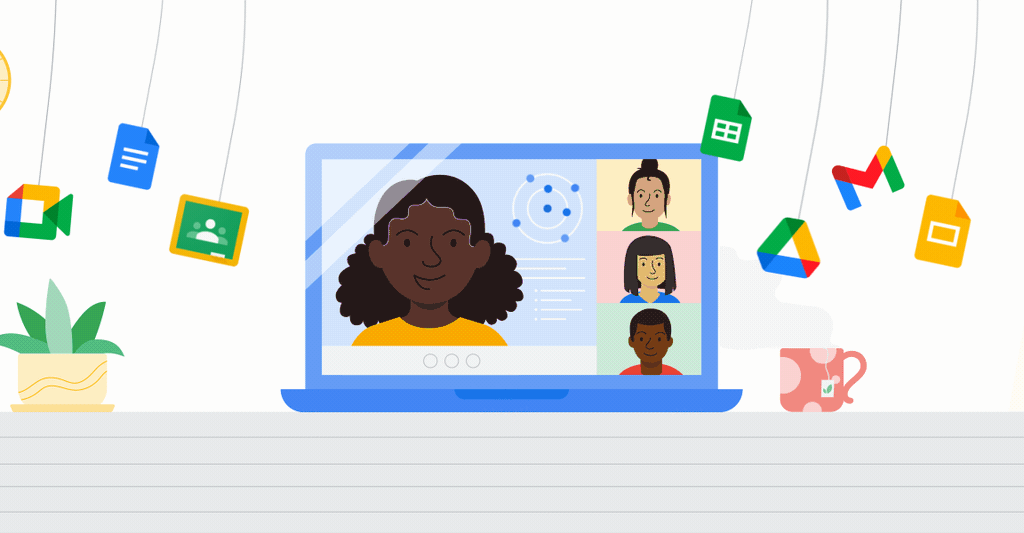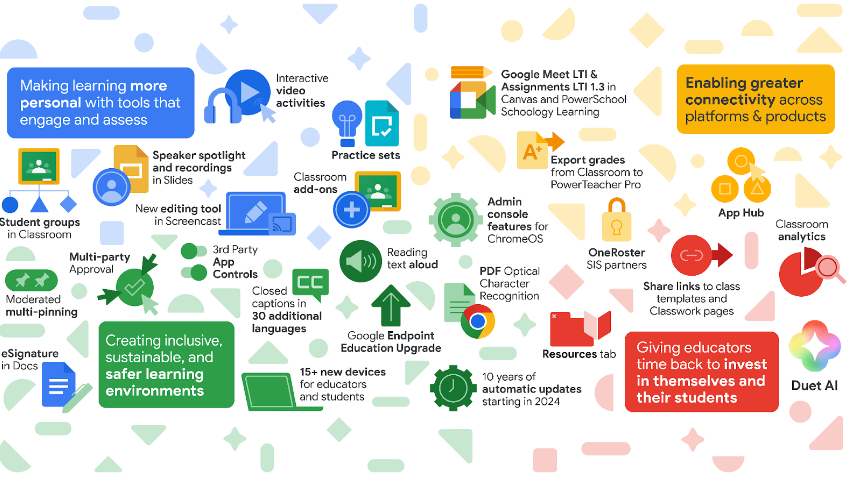ChatGPT and Bard: Which One Should You Use?

Two powerful generative AI models have risen above the rest: ChatGPT and Bard. Both models are trained on a massive dataset of text and code, and both models are equipped with a deep understanding of language and context that allow them to understand your prompts and generate intelligent, coherent responses. That said, it might be too early to clearly see the differences and learn when to use one over the other.
ChatGPT
ChatGPT is a language model developed by OpenAI. It can generate and understand natural language conversationally. ChatGPT is trained on a dataset of 175 billion words collected before 2021, including social media conversations, online forums, and other text sources that feature human interactions. This allows ChatGPT to understand language patterns, context, and the nuances of conversation. As a result, ChatGPT can generate coherent and contextually relevant responses.
Bard
Google’s Bard is an advanced version of ChatGPT that focuses on creative writing and storytelling. Bard is trained on a dataset of 1.56 trillion words that emphasizes literary works, fiction, and other storytelling sources. This dataset allows Bard to capture the essence of storytelling and develop a deeper understanding of narrative structures, character development, and stylistic elements. Bard also has access to the internet in real-time, which gives it access to a much larger pool of information. This advantage makes Bard better at tasks that require a deep understanding of languages, such as translation and summarization.
Here are some of the key differences between ChatGPT and Bard:
- Conversation structure: ChatGPT excels in maintaining longer conversational context, allowing for coherent and meaningful interactions. It understands and responds to multi-turn conversations, making it suitable for complex dialogues. Bard primarily focuses on generating text in a single-turn fashion, typically in response to a given prompt. It crafts imaginative and evocative text based on the provided input.
- Creative writing skills: While ChatGPT can produce text, its main strength lies in generating informative and contextually relevant responses rather than emphasizing creativity or artistic expression. Bard has a strong creative writing ability, generating text that exhibits poetic and storytelling qualities. It can create vivid descriptions, employ metaphors, and evoke emotions through its language generation.
- Prompt dependency: ChatGPT can engage in conversation without relying heavily on explicit prompts. It can generate responses based on the preceding dialogue, enabling seamless and dynamic interactions. Bard heavily relies on prompts to initiate the text generation process. The quality and relevance of the prompt significantly impact the creative output of the model.
- Availability and access: ChatGPT is available at chat.openai.com in several countries around the world, including the United States, the United Kingdom, Australia, and Mexico. It offers different subscription plans, allowing users to access its capabilities based on their specific needs. Bard is currently available in English, Japanese, and Korean. It is available in over 180 countries and territories. You can request access to Bard at bard.google.com.
Which one should you use?
As educators begin testing the potential of these two models, it is fair to say that there isn’t a very noticeable difference between the two. We recommend testing the following prompts in both models: “Write a poem about a tree,” “Write a code that prints “Hello, world!”, and “Write a script for a short play.” You may be surprised to find that you prefer one model over the other for different reasons. For example, you might prefer ChatGPT for its creativity, while you might prefer Bard for its accuracy.
Lastly, it’s also important to remember that both ChatGPT and Bard are still under development, and they are both constantly learning and improving. As a result, the differences between the two models may become more pronounced over time.
Continue Learning
If you are looking to continue learning about the impact of Artificial intelligence, we recommend subscribing to Tom Barrett’s newsletter called Promptcraft. Our friend and colleague writes weekly about the latest educational thinking, tools and news in AI. Tell him we said hello!






